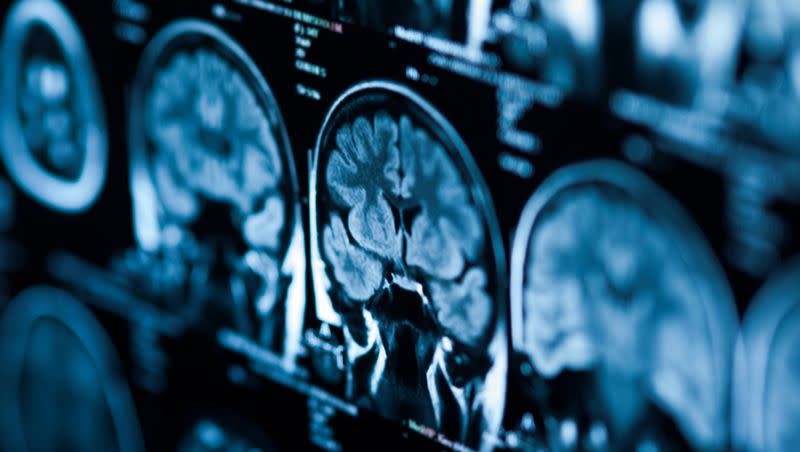Study identifies new cause of brain bleeds, new treatment target

New research from the University of California, Irvine, could change the thinking on what causes brain bleeds — and offer the potential to develop new therapies.
Experts have long believed that injury to blood vessels causes brain hemorrhage. But the Irvine team has found that “interactions between aged red blood cells and brain capillaries” can spark microbleeds in brain tissue, too.
The findings were just published in the Journal of Neuroinflammation.
Tiny brain bleeds are associated with stroke, cognitive decline and normal aging, the study says. The authors noted that their own previous work has found that interaction between oxidatively stressed red blood cells and brain capillaries can underlie the development of cerebral microhemorrhages. Such microbleeds are associated with high blood pressure, Alzheimer's disease and ischemic strokes.
The researchers watched the process in which red blood cells stall in brain capillaries and saw hemorrhage unfold. A news release from UC Irvine said they exposed red blood cells to a chemical that caused oxidative stress, then marked the cells with a fluorescent label and injected them into mice. They then used two methods to watch the fluorescent cells get stuck in the brain capillaries, and how the capillaries were cleared. As the red blood cells moved out of the capillaries, inflammatory cells “engulfed the red blood cells,” leading to a brain hemorrhage.
Capillaries are the body’s tiniest blood vessels. As New Atlas reported, they “employ a clever membranous mechanism to push out any blockages, (but) it’s a system that begins to falter with age.”
Per New Atlas, “The 2010 study that identified this mechanism also found that it becomes 30% to 50% slower in an aging brain and also results in the death of more capillaries.”
Related
“It has always been assumed that in order for cerebral hemorrhage to occur, blood vessels need to be injured or disrupted. We found that increased red blood cell interactions with the brain capillaries represent an alternative source of development,” said co-corresponding author Xiangmin Xu, professor of anatomy and neurobiology and director of Irvine’s Center for Neural Circuit Mapping.
He said detailed examination of how the brain capillaries are cleared and a possible relationship between that process and insufficient blood supply and ischemic stroke is needed to help develop targeted treatments.
Said co-corresponding author Dr. Mark Fisher, professor of neurology in UCI’s School of Medicine, “Our findings may have profound clinical implications, as we identified a link between red blood cell damage and cerebral hemorrhages that occurs at the capillary level.”


